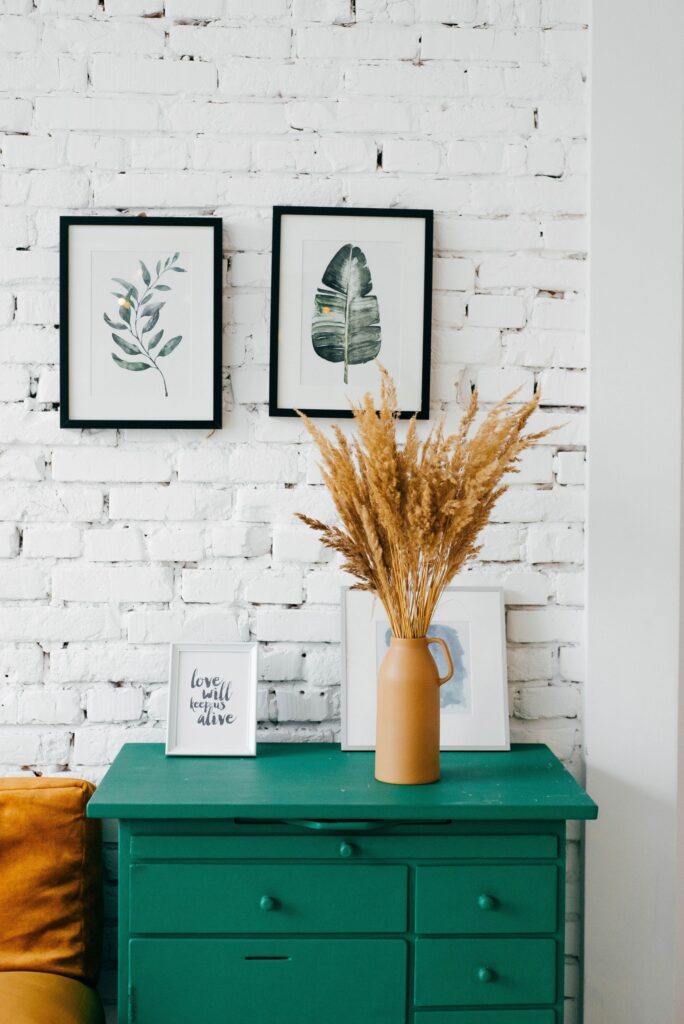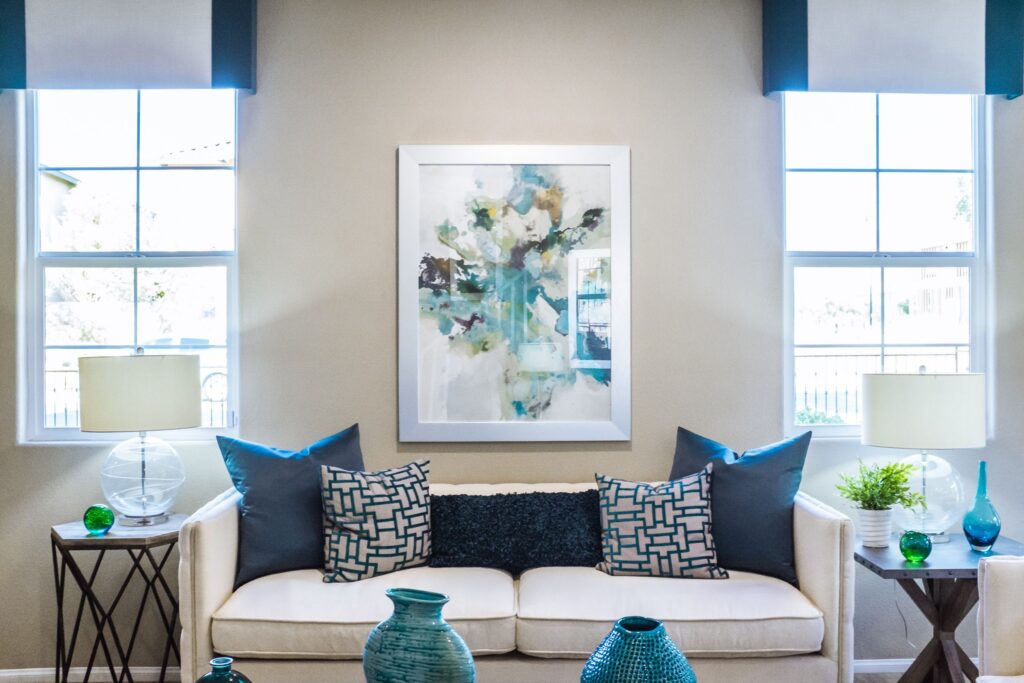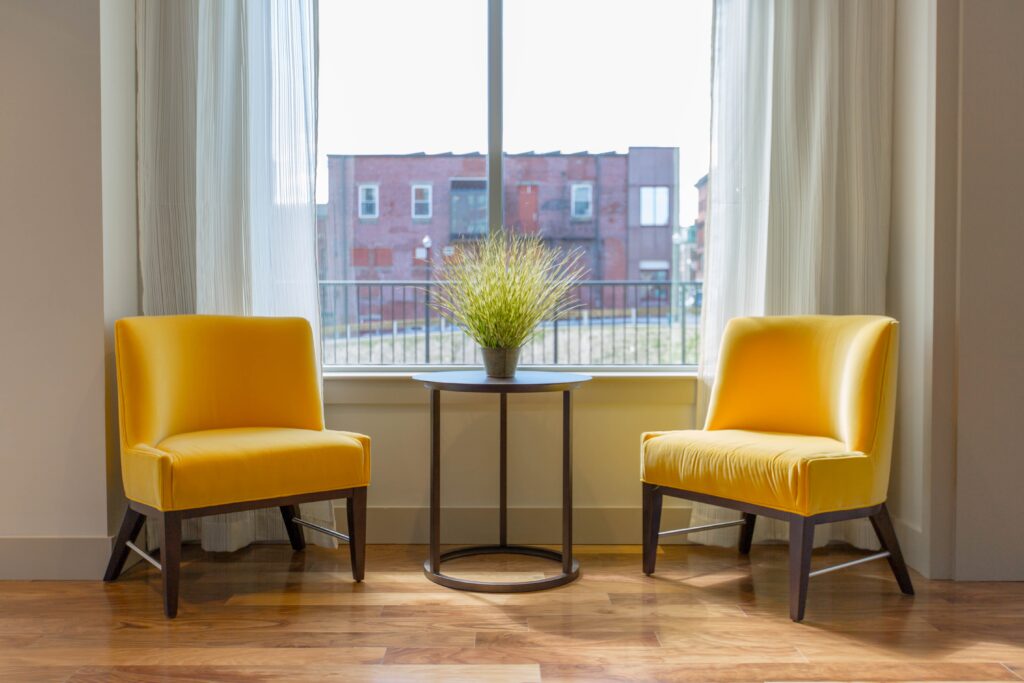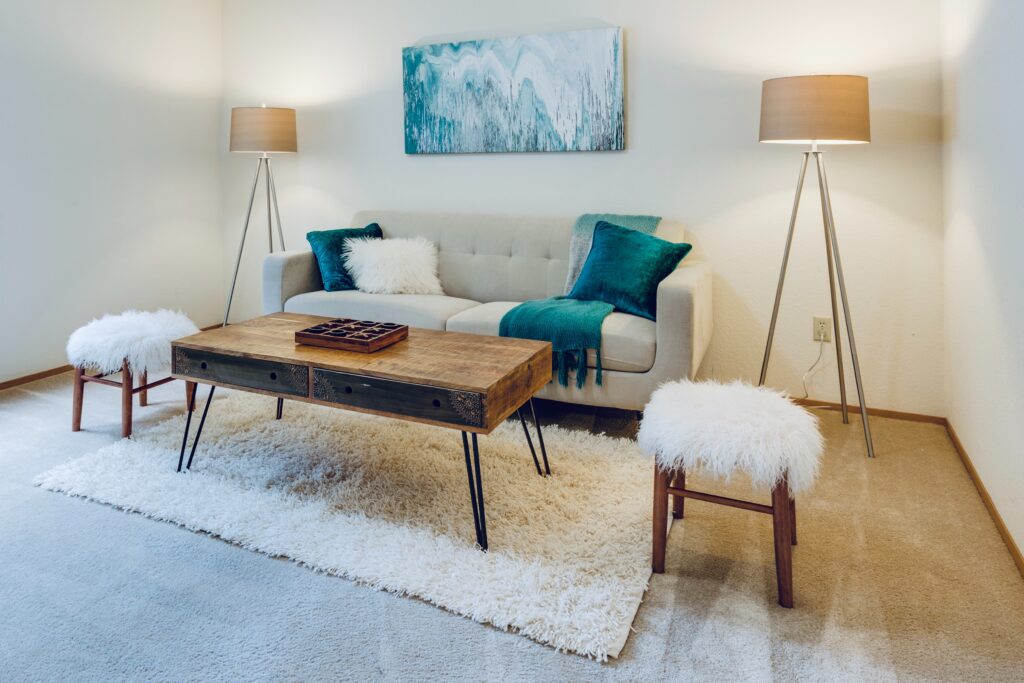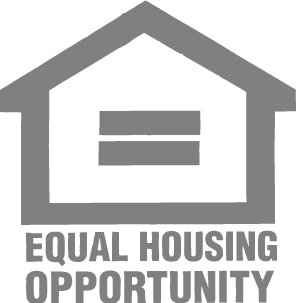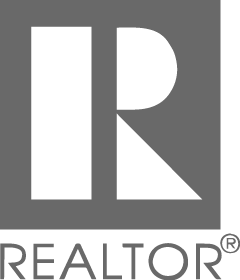Investing in real estate is one of the most dependable ways to build wealth, but it’s important to know all the ins and outs before getting into it. Set yourself up to be successful by researching and making sure it’s the right choice before you purchase your first rental property.
In the midst of your research, ask yourself these four questions before starting your journey as a landlord.
Do You Have Enough Time?
Being a landlord isn’t as easy as buying a property and finding tenants; there is a lot more to it than that. If you are going to update the property before finding tenants, you’ll be taking calls and coordinating contractors to come out to the property. Once you have tenants, they’ll call if something needs to be fixed or something goes wrong, and those calls could come any day at any time. As the landlord, these are all things you will need to handle quickly to keep your tenants happy.
Remember, the more properties you own, the more calls you’ll take and the more issues you may need to handle.
How Will You Screen Potential Tenants?
Making sure you choose the right tenants is important because you want to make sure they will take care of the rental and pay their rent on time. While it might cross your mind to let whoever replies to your online ad first move in immediately, that is not the smartest idea. As the landlord, you want to screen prospective tenants by performing background checks, checking credit scores, confirming income and job details, and calling previous landlords to make sure they’re the right fit.
Do You Have Legal Counsel Lined Up?
While you hope to never have to call your lawyer, it’s important to have one lined up that specializes in landlord-tenant issues. If nothing else, having a lawyer review your leases and ensure all paperwork complies with local laws is helpful. There may come a time when you have a tenant who doesn’t pay their rent, and in this case, an experienced lawyer will be a huge asset.
What Is Your Why?
Understanding why you want to be a landlord is important for success. Are you doing this on the side to make extra money, or do you want to do it as a full-time job? Will the time you’re putting into being a landlord and the potential issues that could come up be worth it? Keeping your why at the forefront is important as you purchase your first rental and continue becoming successful.
Becoming a landlord is hard work, but the rewards will be huge if everything works in your favor. If you have any questions or need recommendations about how to start investing and becoming a landlord, reach out to us! We are always here to help.

